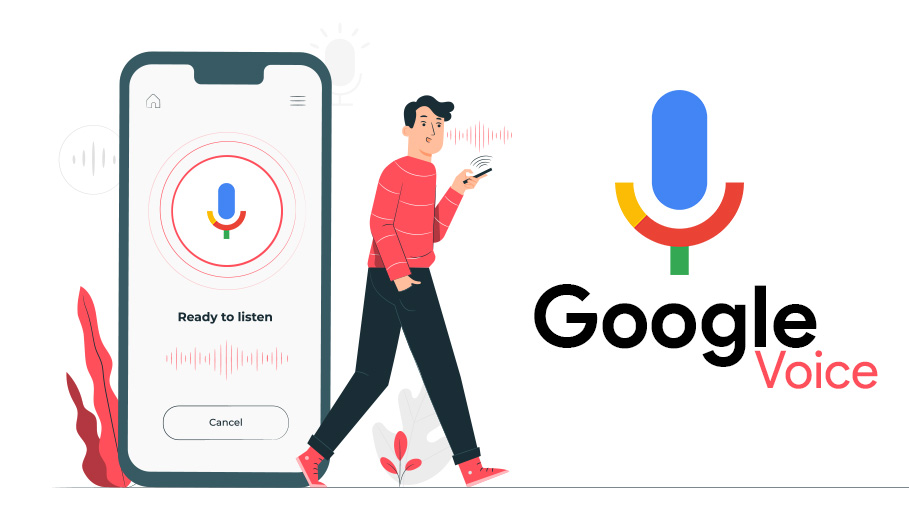

Google Voice is stepping up its game with a couple of significant updates designed to enhance user engagement and bring the service in line with modern communication needs. The rollout includes the introduction of a long-anticipated three-way calling feature and a fresh interface that promises a more intuitive user experience.
The highlight of this update is the new support for three-way calling, allowing users to merge an ongoing call with an additional incoming or outgoing call. This feature aims to simplify scenarios such as introducing a translator during a conversation or consulting with a legal advisor seamlessly. Users can activate this feature by tapping the “Add” button during a call and merging the calls with the simple press of a button.
However, it’s important to note that this feature is currently available only to Google Workspace subscribers on specific plans, including Voice Starter, Voice Standard, Voice Premier, SIP Link Standard, and SIP Link Premier. Unfortunately, users of the standard free version will not have access to this functionality.
Complementing the new calling feature is a comprehensive redesign of the Google Voice in-call interface, which is accessible to all users. Google has stated that this update offers a consistent look across devices while adopting a layout inspired by Google Meet.
The redesign prioritizes main call controls, with elements like the keypad and mute button prominently displayed. Additional functions such as call transferring, holding, and merging are still easy to locate. Notifications, including the status of callers on hold, are now more clearly displayed at the top of the interface. This visual overhaul began rolling out on May 1, 2025.
Despite these positive changes, some users have expressed concerns that Google Voice may not be keeping pace with other calling apps. Discussions have emerged around the platform’s slower addition of new features, leading to the worry that users might seek alternatives.
One glaring omission remains the lack of support for Rich Communication Services (RCS) messaging—a surprising gap given Google’s push for its adoption in other products. Additionally, making three-way calling accessible only to paid subscribers could hinder its attractiveness to the broader audience using the free service.
While the updated interface brings a modern touch to Google Voice, the limitation of advanced features to business customers raises questions about user satisfaction and retention, especially with essential features like RCS still missing.
These updates reflect a broader trend in the retail and tech industries, where consumer trends are shifting toward enhanced communication tools. As brands like Google continue to evolve their services, the potential impact on consumer behavior in the retail sector could be significant, leading to increased demand for integrated communication solutions. This focus on user experience will likely play a crucial role in shaping future developments in digital communication platforms.